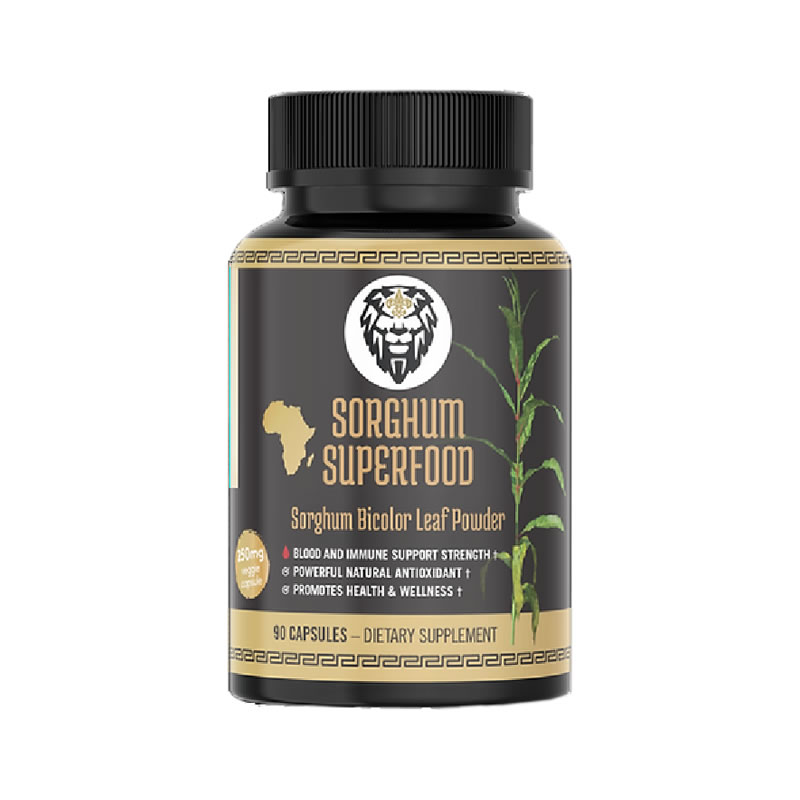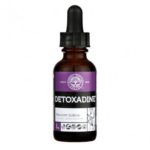By Ben Fuchs | Pharmacist Ben
One of the more common misunderstandings in nutrition is the notion of food intolerances in people who are sure they are “eating well”. That’s because, unfortunately, when it comes to digestive intolerance, often foods that under ordinary circumstances would be considered healthful and wholesome can surreptitiously trigger an immune activation and subsequent symptoms. If you have an unexplained inflammatory, immune or autoimmune condition, and especially if you have digestive symptoms, even though you “eat well”, you are at risk for a food intolerance.
 One of the more common food intolerances involves glutamates. The so-called Chinese Restaurant Syndrome (CRS), which involves symptoms like chest pain, flushing and headache, is an example of a food intolerance claimed to be caused by Monosodium Glutamate (MSG). While numerous research studies have failed to prove a connection between ingestion of MSG and the symptoms that some people described as CRS, the fact remains that many allergy sufferers are intolerant to high concentrations of dietary glutamate. Grapes, wine, plums, tomatoes, mushrooms, corn, and peas are examples of high glutamate-containing foods.
One of the more common food intolerances involves glutamates. The so-called Chinese Restaurant Syndrome (CRS), which involves symptoms like chest pain, flushing and headache, is an example of a food intolerance claimed to be caused by Monosodium Glutamate (MSG). While numerous research studies have failed to prove a connection between ingestion of MSG and the symptoms that some people described as CRS, the fact remains that many allergy sufferers are intolerant to high concentrations of dietary glutamate. Grapes, wine, plums, tomatoes, mushrooms, corn, and peas are examples of high glutamate-containing foods.
A second class of food components that some people may be intolerant to are the “biogenic amines”. These substances, which include histamine, tyramine and tryptamine are found in cheese, wine, sauerkraut, overripe avocadoes, raspberries and spinach among other foods. The most troubling aspect of intolerances to biogenic amines is the small amount that is required to initiate symptoms in susceptible individuals. Because they are potent and involved so many vital biological functions, a mere 100mg (roughly the amount that would fit on the head of a pin) can be enough to cause symptoms like migraine headaches, depression, low blood pressure or digestive impairment.
A third class of food substances that can cause food intolerances are the salicylates. Chemically similar to aspirin, like their pharmaceutical relative, these food-based compounds can have numerous physiologic effects. And, because there has been so much research done by aspirin manufacturers and regulatory agencies, salicylate poisoning is well-described in medical literature. Some of the more common symptoms associated with salicylate sensitivities include unexplained rashes, headaches, digestive symptoms of all kinds, depression, hyperactivity, persistent cough, and chronic fatigue.
Because plants produce these chemicals for defensive purposes, the highest concentrations of salicylates tend to be found in the surface layers of fruits and vegetables. For the same reason, as ripening occurs salicylate levels tend to drop. Coffee and tea are two beverages that may contain high levels of these problematic substances.
We all need to eat, yet introduction of foods into the body may not be as simple as it sounds. Even foods that are ordinarily considered to be healthy may induce untoward effects. The best bet if you suspect that you have symptoms that may be related to a food intolerance is to lay off specific foods and see if your symptoms subside.
Alternatively (although not as healthfully), you can eat an excessive amount of a suspected food and see if your symptoms increase. Either way, symptomology that does not seem to be related to a specific cause may be the sign of a dietary intolerance.
Just because a food is ordinarily considered healthy, that may not absolve it of potential responsibility for troublesome health issues.



 For example, according to
For example, according to  There is no food that speaks to the American childhood experience more clearly than the peanut, the source of that quintessential piece of culinary Americana, peanut butter. Peanuts were originally cultivated in South America by Peruvian Indians who are considered to be the first indigenous groups to domesticate the legume and archaeologists have traced the original specimens to around 5000 BC. From South America the Spanish brought the humble bean to Europe and to their colonies and outposts in what is today the south eastern part of the United States.
There is no food that speaks to the American childhood experience more clearly than the peanut, the source of that quintessential piece of culinary Americana, peanut butter. Peanuts were originally cultivated in South America by Peruvian Indians who are considered to be the first indigenous groups to domesticate the legume and archaeologists have traced the original specimens to around 5000 BC. From South America the Spanish brought the humble bean to Europe and to their colonies and outposts in what is today the south eastern part of the United States. They’re so effective that they’re the fuel of choice for hospitalized patients being fed intravenously in intensive care units. And MCTs may provide circulatory benefits too. A 2008 study published in The American Journal of Physiology found that MCT intake in rats with high blood pressure improved their cardiac function and structure.
They’re so effective that they’re the fuel of choice for hospitalized patients being fed intravenously in intensive care units. And MCTs may provide circulatory benefits too. A 2008 study published in The American Journal of Physiology found that MCT intake in rats with high blood pressure improved their cardiac function and structure.







